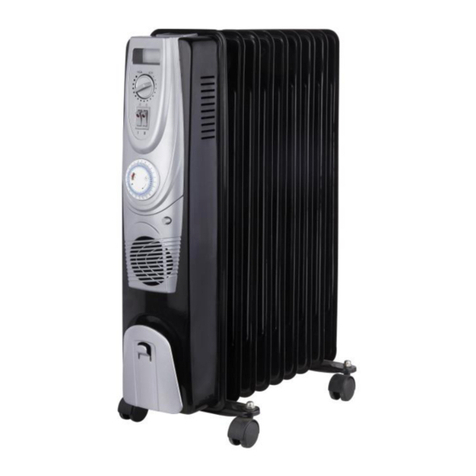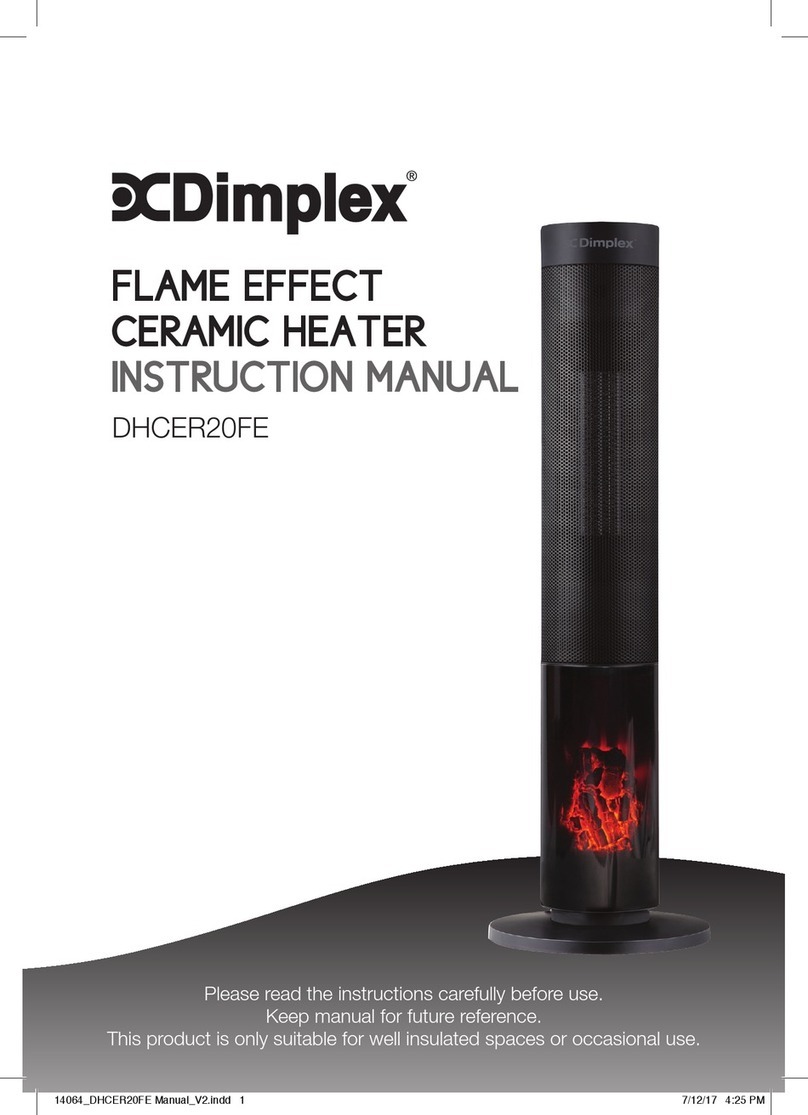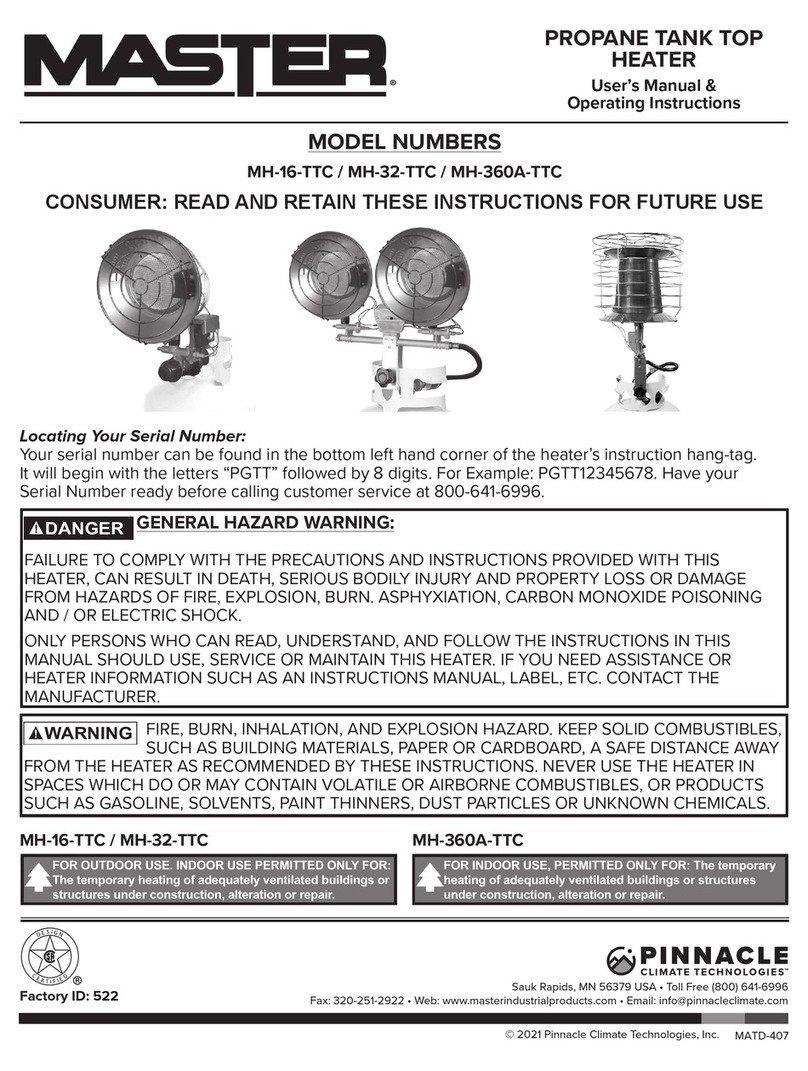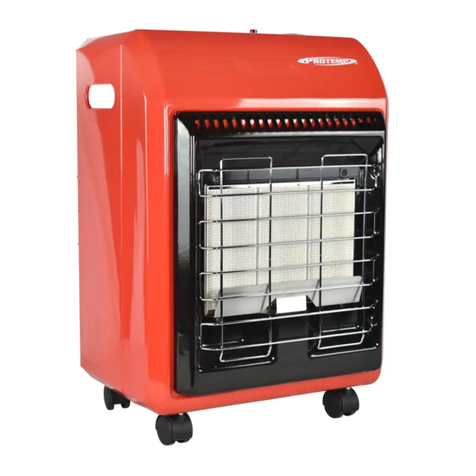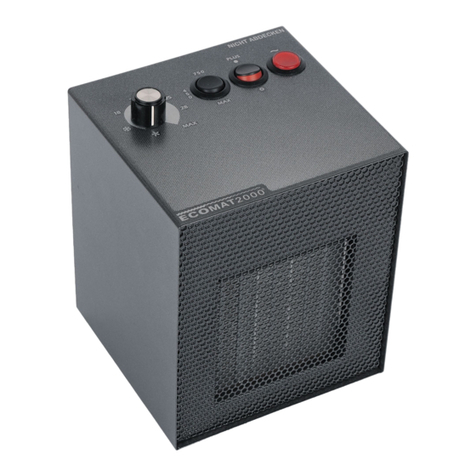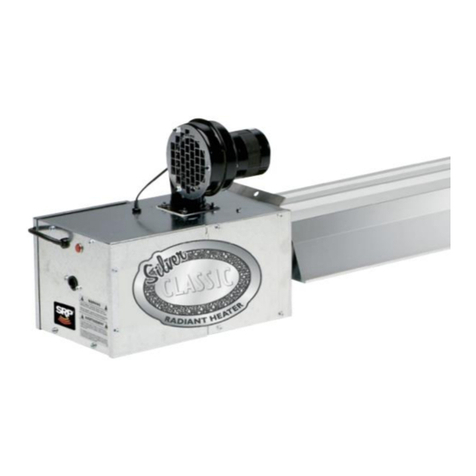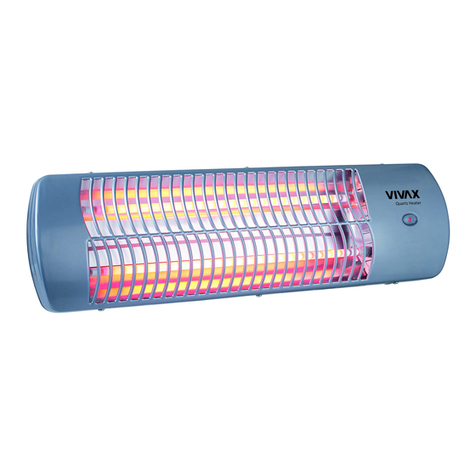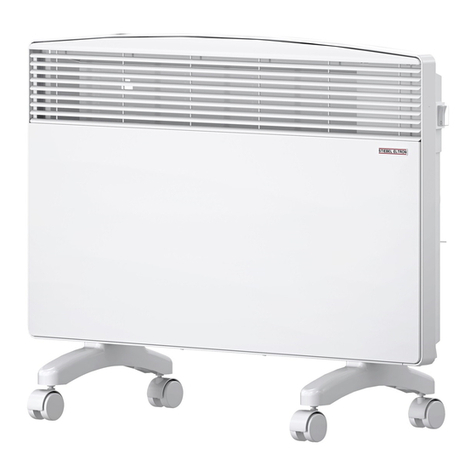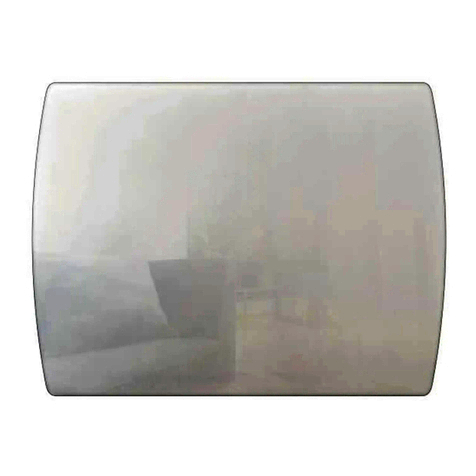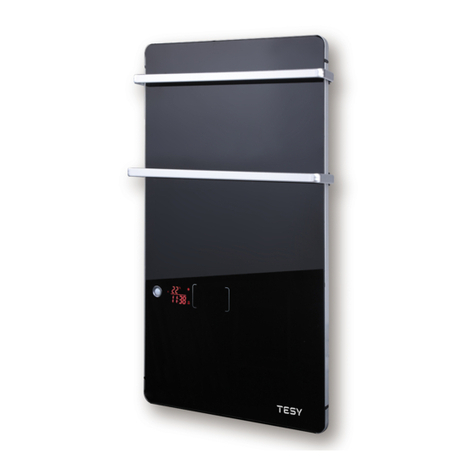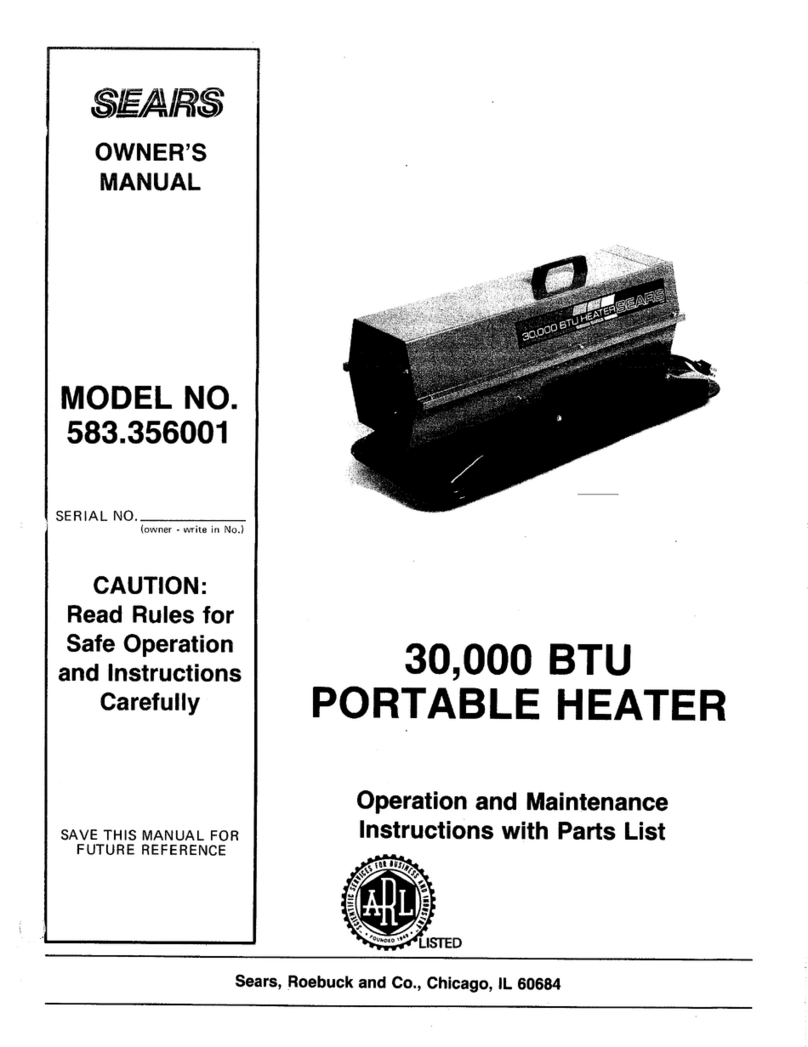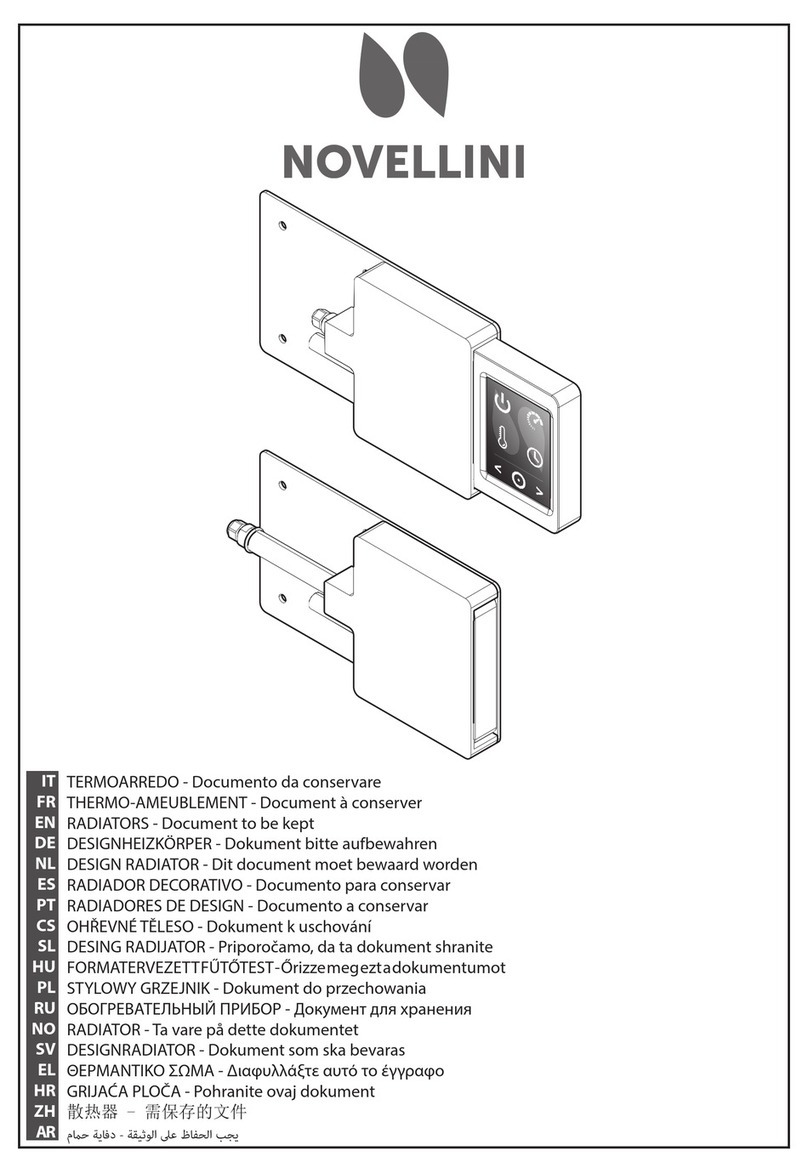
ES
1. Inicio
Todos los ventiladores SODECA, en adelante el fabricante, así como la línea completa de accesorios, han sido
fabricados bajo los estándares más rigurosos de procesos de producción, sistemas y aseguramiento de calidad.
Su estructura de proyecto, ensayos, fabricación y control, está configurada de acuerdo con las normativas de la EU y muy
particularmente en lo referente a las normas de seguridad vigentes.
os materiales empleados y los componentes normalizados que integran nuestros ventiladores, están dentro de los
mismos estándares y amparados, cuando así se requiere, por los certificados de calidad correspondiente.
El Manual Original ha sido redactado en Idioma Español
El fabricante, se reserva el derecho a modificaciones sin previo aviso
Toda la documentación contenida en este manual es propiedad del fabricante y está prohibida su reproducción total o
parcial.
2. Definición de producto
Cortina Comercial: Cortinas de aire para puertas comerciales.
IMPORTA TE: Producto no apto para su uso en atmosferas explosivas o seguridad de incendios, para transportar aire
que contenga mezclas de vapores de productos químicos, hollín, grasas, gérmenes, o cualquier otro producto que pueda
dañar el equipo.
IMPORTA TE: Posibilidad de escoger entre control BASIC o COMFORT
3. Información general
• IMPORTA TE: Antes de retirar la cortina de la tabla, quite la cubierta (Fig.1)
• Verifique siempre los productos recepcionados.
• Después de desembalar el equipo debe comprobarse que no tiene desperfectos. Nunca debe instalar productos
dañados
• No debe usar este equipo para propósitos distintos para los cuales fue diseñado, solo debe operar en las
condiciones citadas en este manual.
• En caso de defecto o mal funcionamiento, debe informarse al representante autorizado, describiendo el problema,
a fin de coordinar su devolución o posible reparación.
• Antes de poner en marcha el equipo, es necesario asegurarse que se ha leído las instrucciones de seguridad e
instalación de este documento y de todos los elementos utilizados.
• En caso de no ser desembalado inmediatamente después de recibirlo, el producto debe ser guardado en un lugar
seco y a resguardo, con una temperatura ambiente de +5ºC a +40ºC y una humidad relativa de hasta 80%.
• Si el producto fue transportado a temperaturas menores a 0ºC, luego de desembalarlo déjelo sin encender al menos
2 horas en condiciones operativas antes de encenderlo. Esto permitirá que la temperatura en el interior del equipo
se desestabilice.
4. Transporte, almacenamiento y manipulación
• Sujetar siempre el equipo por los puntos previstos. No levantar por los cables de alimentación, cajas de bornes y
bocas de impulsión o aspiración.
• Antes de la instalación almacene los equipos en lugar seco, limpio, y resguardado de las inclemencias del tiempo.
5. Seguridad
• No desmonte ni modifique el equipo. Esto puede ser perjudicial para el equipo o incluso ser causa de accidentes.
• No debe introducirse ningún objeto o dedos en las rejillas protectoras de las bocas. Si fuera así, desconecte
inmediatamente la alimentación del equipo.
• Nunca utilice un cable de alimentación si este está dañado.
• No opere el equipo si está instalado de forma forzada sobre una superficie curvada o inestable.
• No efectuar operaciones de inspección o mantenimiento del equipo sin antes asegurarse de:
o Haberlo desconectado de su acometida eléctrica.
o Que todos sus elementos estén en reposo.
• No debe operarse el equipo sin que haya sido correctamente instalado y protegidas las bocas de aspiración e
impulsión, en caso necesario.
• Para garantizar que la distancia entre las superficies de la estructura de obra y los objetos de materiales inflamables
es segura, será de aplicación lo siguiente (Fig. 7):
o a distancia segura de los materiales inflamables en el sentido del flujo principal de aire (antes de la rejilla
de succión y tras la turbina de extracción) debe ser de 500mm.
o Se considera que la distancia segura de los materiales inflamables sobre la cortina de aire es de 500mm.
o Se considera que la distancia segura de los materiales inflamables en el resto de sentidos es de 100mm.

















